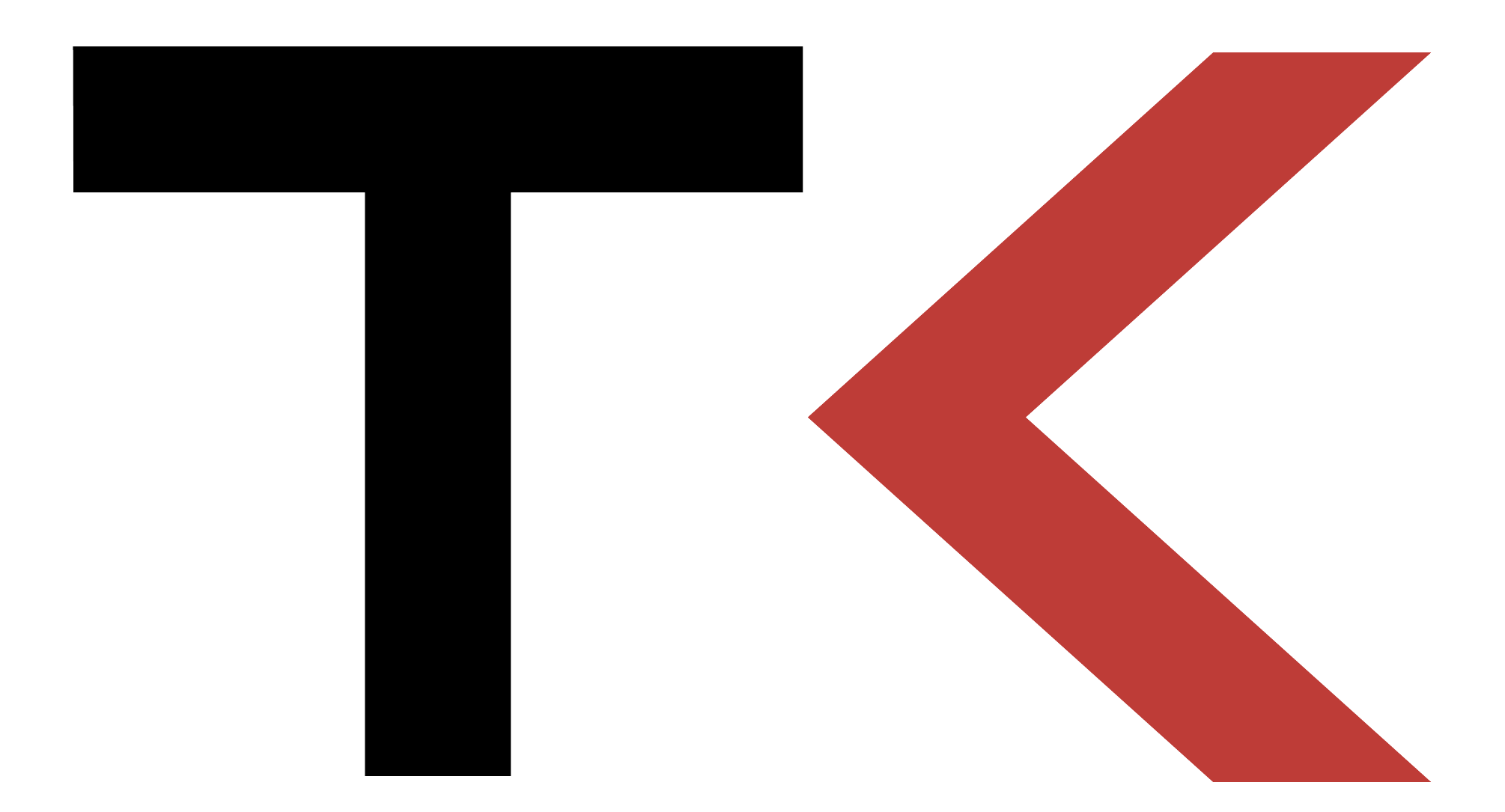Software UX UI Project
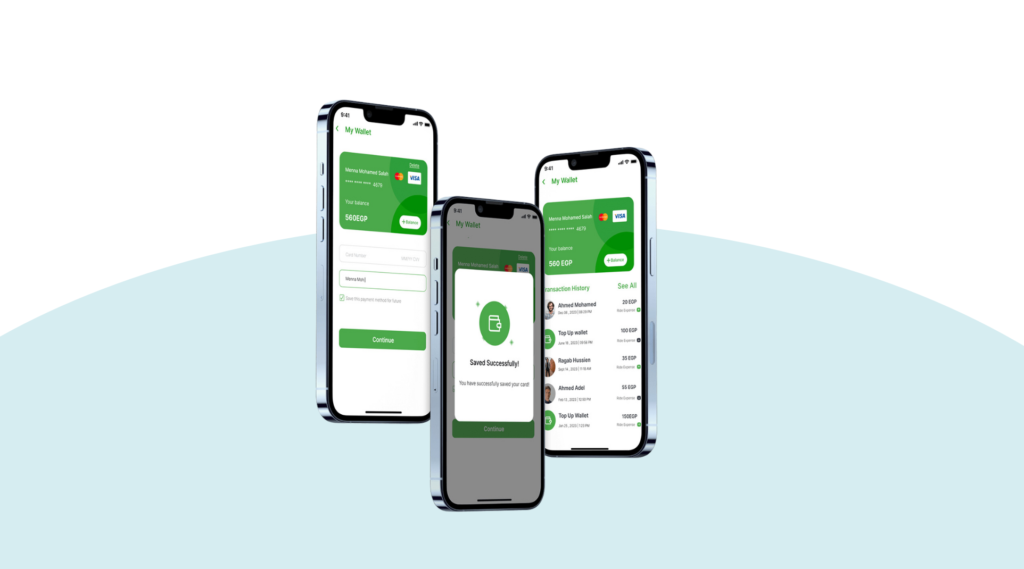
Overview: In Drive Software is a comprehensive platform designed to streamline the process of managing and organizing driving-related tasks. It facilitates user interactions with various driving-related functions, offering seamless navigation and user-friendly features.
Role: As a UX Researcher and UX/UI designer for In Drive Software, my role involves understanding user needs and designing intuitive interfaces. Utilizing tools like Sketch, Adobe CC, and InVision, I aim to create a visually appealing and user-friendly experience. Additionally, I leverage Miro and traditional methods like pencil and paper for brainstorming and ideation.
Toolkit: Sketch, Adobe CC, InVision, Miro, Pencil and paper
UX Research
Overview
- Background
Focusing on the intricacies of the In Drive Software app, tailored to streamline tasks related to driving, such as navigation, vehicle maintenance, and trip planning. My aim is to provide users with a comprehensive solution for managing their driving needs efficiently.
• Research Goals
My objective is to identify and address the key challenges users face when managing their driving tasks. Through this research, I aim to develop a user-friendly system that simplifies the driving experience.
Methodologies
Secondary Research
User Interviews
Secondary Research
What do I already know?
There is a limited availability of online platforms for managing driving-related tasks.
What do I not know?
The level of usage and satisfaction among users of existing driving management websites or apps.
What does success look like?
Growing the user base of online platforms for managing driving-related tasks.
Building a platform that streamlines the process of managing various aspects of driving.
User Interviews
Overview
I’ve interviewed 3 people: riders without kids (25-35 y/o), riders with kids (35-45 y/o), and drivers. All interviews have been conducted remotely using Google Meet.
Family & Friends The First source of “Reviews”
Rider without kids (25-35 y/o): I often rely on recommendations from family and friends when choosing a drive service.
Rider with kids (35-45 y/o): I trust reviews and feedback from people I know, especially when it comes to safety and reliability.
Driver: I’ve noticed that passengers often mention recommendations from friends or family when booking rides.
The Need of Saving Time
Rider without kids (25-35 y/o): Convenience and saving time are crucial for me, especially during busy weekdays.
Rider with kids (35-45 y/o): As a parent, I value services that help me save time, so I can focus on other responsibilities.
Driver: Many passengers prioritize quick and efficient rides, especially during peak hours.
Overuse of WhatsApp
Rider without kids (25-35 y/o): I find it frustrating to coordinate rides using messaging apps like WhatsApp. A dedicated app would be more efficient.
Rider with kids (35-45 y/o): I use WhatsApp a lot, but for ride bookings, I prefer a specialized app with better features and reliability.
Driver: Some passengers try to book rides through WhatsApp, but I prefer using the InDrive app for better tracking and communication.
Patient Education Issue
Rider without kids (25-35 y/o): I appreciate ride apps that provide clear information about the driver and vehicle for safety reasons.
Rider with kids (35-45 y/o): Safety is a top concern for me, so I look for apps that offer detailed driver profiles and safety features.
Driver: I believe educating passengers about safety features and protocols is essential for building trust and ensuring a positive experience.
Research Findings
1. Family and Friends
All users acknowledge the significance of reviews when booking a drive.
2. The Need of Saving Time
Saving time is a top priority for all users while booking their rides.
3. Overuse of WhatsApp
Users express a need for trustworthy alternatives to WhatsApp for ride bookings.
4. Treating an Emergency
Users value features that help differentiate urgent ride requests from regular ones.
Persona #1

Name: Alex Johnson
Occupation: Marketing Manager
Age: 34
Background: Alex Johnson is a driven professional with a demanding career in marketing. He values efficiency and convenience in all aspects of his life. Due to his hectic schedule, He often finds it challenging to balance work commitments with personal responsibilities. When it comes to transportation, he seeks a reliable and hassle-free solution that can adapt to his busy lifestyle.
Goals:
Find a dependable ridesharing service that offers flexibility and convenience. Simplify the process of booking rides to save time and reduce stress. Ensure smooth and efficient travel experiences that align with his hectic schedule.
Frustrations:
Persona #2

Ryan Chen
Occupation: Software Engineer
Age: 38
Background: Ryan is a tech-savvy individual who works as a software engineer at a leading tech company. He is passionate about technology and enjoys exploring innovative solutions to everyday challenges. As a busy professional, Ryan values efficiency and seeks streamlined solutions for his daily commute. He prefers a ridesharing service that offers reliability, convenience, and advanced features.
Goals:
Access a technologically advanced ridesharing platform that integrates seamlessly with his digital lifestyle.
Enjoy a stress-free and efficient commute to and from work, allowing him to focus on his professional responsibilities.Utilize innovative features such as real-time tracking and predictive analytics to optimize his travel experiences.
Frustrations:
Difficulty in finding a ridesharing service that aligns with his tech-savvy preferences and expectations. Frustrated with outdated and inefficient ride booking processes that waste time and effort. Dislikes encountering unexpected technical issues or service disruptions during his commute, which can disrupt his workflow.
UX Design
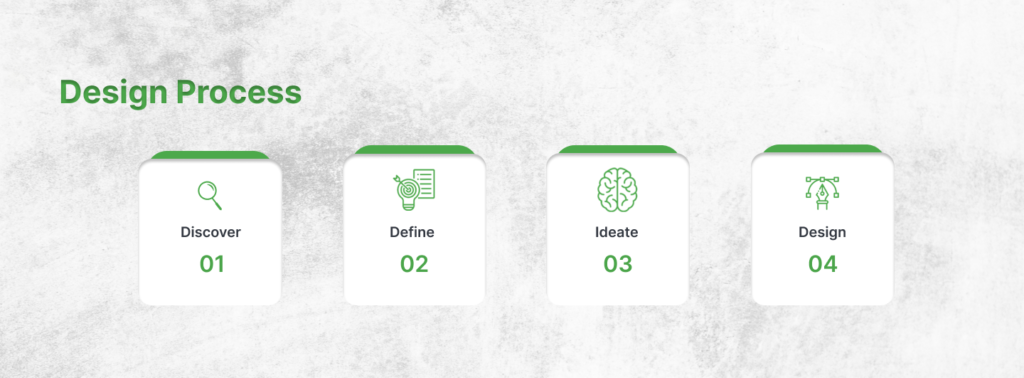
Prioritisation
Project Objectives
Upon concluding the research phase, my focus shifted to pinpointing the core requirements for my product and devising a roadmap for feature development. Initially, it was crucial to delineate the business and user objectives. Three key points emerged as the convergence of our interests:
- Minimize time spent on booking and managing rides.
- Create a versatile platform offering both online and in-person ride booking options.
- Encourage user retention and positive feedback through exceptional service delivery and user experience.
.

Feature Roadmap
| Feature | Description |
|---|---|
| User Authentication | Secure registration and login process for users |
| Ride Booking | Efficient booking system for users and drivers |
| Driver Onboarding | Streamlined process for driver registration and verification |
| Route Optimization | Efficient navigation for drivers and optimal route planning |
| Payment Integration | Seamless integration of payment methods for transactions |
| Rating System | Feedback mechanism for users and drivers to rate experiences |
User Journey
In this illustration, I am showing the process of finding a driver on the InDrive app for booking a ride. Seamlessly navigate through the app to locate your preferred driver effortlessly.

Wireframes
I began by designing essential screens: Home, Navigation Menu, Ride Booking, Driver Profile, and My Rides. Low-fidelity wireframes allowed me to delve into each screen’s details and actions, establishing a clear hierarchy for all page elements.
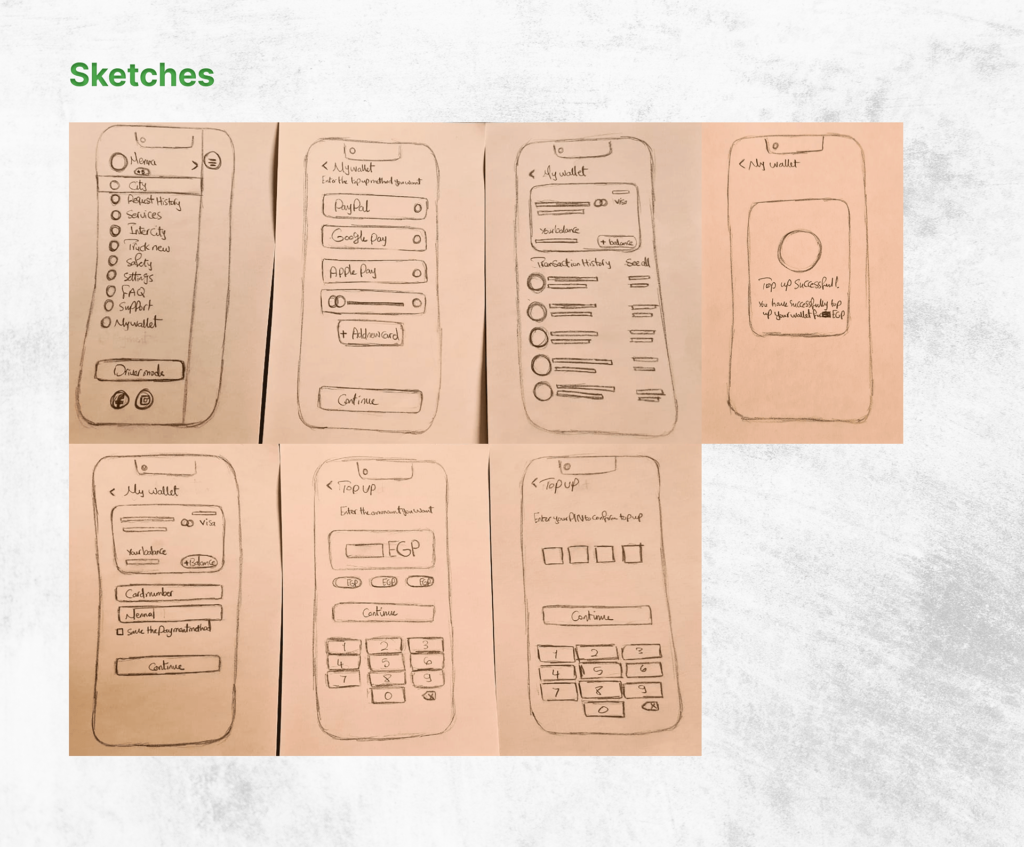
UI Design
UI Elements Development
Here, I’ve outlined the components that will form the foundation of my high-fidelity wireframes. Beginning with selecting a color palette and typography, I’ve developed templates for buttons, Nav, and charge methods.
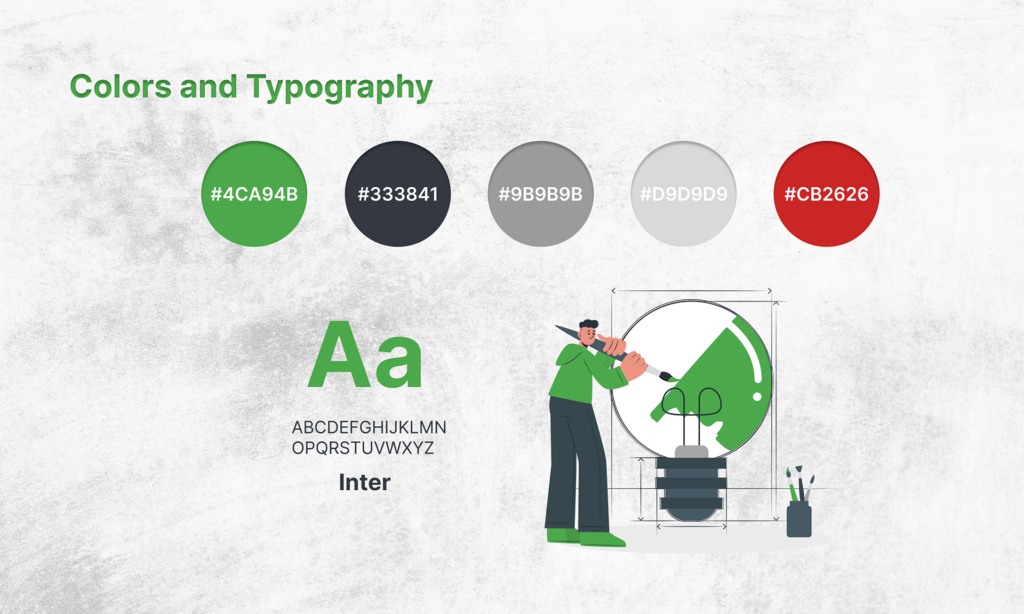

High-fidelity key-screens

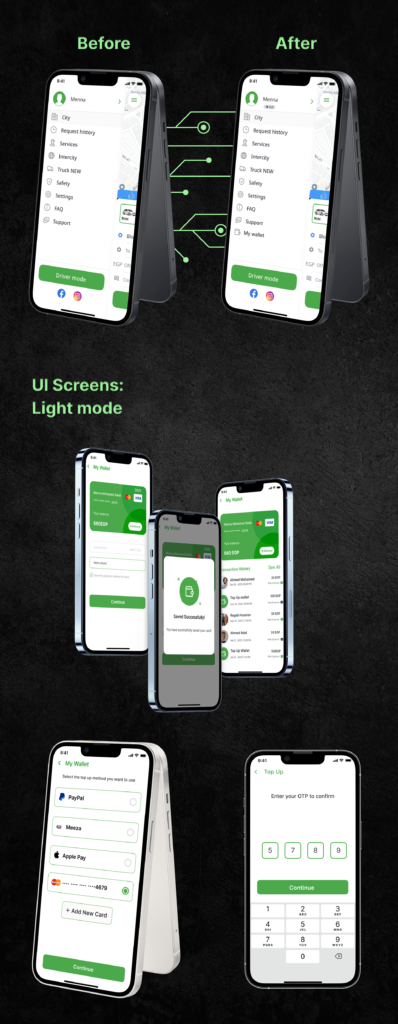

Usability Test
Prototype
In the usability test for InDrive app, prototype screens showcase the process of adding top up to the wallet by incorporating a new payment card information and after add this, I have shared the screen, how to delete this information.
Key Takeways
• Challenge
Harmonizing client expectations with user needs presented a significant hurdle. Despite invaluable client input, maintaining a steadfast commitment to user-centric design throughout the InDrive project was demanding.
• Lesson Learned
Striking a delicate equilibrium between client objectives and user-centric design is paramount. Moreover, extracting pertinent insights from all interactions, even tangential ones, is pivotal for effective problem-solving in the logistics realm.

